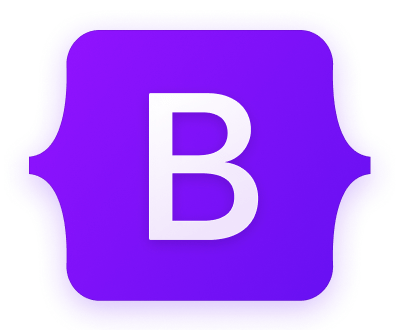Design Consistency
- bootstrap:
Bootstrap provides a consistent design language with its predefined styles and components, ensuring that UI elements look and behave uniformly across different browsers and devices. This consistency helps in maintaining a cohesive user experience.
- react-dnd:
React DnD focuses primarily on functionality rather than design consistency. It allows developers to create custom drag-and-drop interfaces, but the visual styling is left to the developer, which may lead to inconsistencies if not managed properly.
- jquery-ui:
jQuery UI enhances jQuery with a set of UI interactions and widgets that are designed to work seamlessly together. However, it may not provide as much design consistency as Bootstrap or Material-UI, as it relies on jQuery's styling capabilities.
- material-ui:
Material-UI strictly adheres to Google's Material Design guidelines, offering a cohesive and visually appealing design system. This ensures that applications built with Material-UI have a modern and consistent look and feel, enhancing user experience.
Customization and Theming
- bootstrap:
Bootstrap allows for customization through its Sass variables and mixins, enabling developers to easily adjust styles to fit their branding. However, extensive customization may require overriding default styles.
- react-dnd:
React DnD does not provide built-in styling or theming options, as it focuses on the drag-and-drop functionality. Developers have full control over the styling, but this means they need to implement their own design solutions.
- jquery-ui:
jQuery UI offers some theming capabilities through jQuery UI ThemeRoller, allowing developers to create custom themes. However, it may not be as flexible as Material-UI or Bootstrap in terms of deep customization.
- material-ui:
Material-UI provides a powerful theming solution that allows developers to customize the look and feel of components extensively. It supports a theme provider that can manage global styles, making it easy to maintain a consistent design across the application.
Learning Curve
- bootstrap:
Bootstrap has a relatively gentle learning curve, especially for developers familiar with HTML and CSS. Its documentation is comprehensive, making it easy to get started with building responsive layouts and components.
- react-dnd:
React DnD has a steeper learning curve compared to other libraries due to its complex API and the need to understand the concepts of drag-and-drop. However, once mastered, it provides powerful capabilities for building interactive interfaces.
- jquery-ui:
jQuery UI is easy to learn for developers who are already comfortable with jQuery. Its API is straightforward, but understanding how to integrate it with existing jQuery code may take some time.
- material-ui:
Material-UI has a moderate learning curve, particularly for developers new to React. Understanding the component-based architecture and theming system may require some initial investment in learning, but the documentation is thorough.
Integration and Ecosystem
- bootstrap:
Bootstrap can be easily integrated into any web project and works well with various frameworks, including React, Angular, and Vue. Its widespread usage means there is a large ecosystem of resources and community support available.
- react-dnd:
React DnD is tailored for React applications, providing a robust API for implementing drag-and-drop features. Its integration with React's component model allows for a seamless development experience, but it may not be as useful in non-React environments.
- jquery-ui:
jQuery UI is designed to work seamlessly with jQuery, making it a good choice for projects that already utilize jQuery. However, its reliance on jQuery may limit its use in modern frameworks that favor component-based architectures.
- material-ui:
Material-UI is specifically built for React applications, making it an excellent choice for developers using React. Its integration with the React ecosystem allows for easy usage of hooks and state management, enhancing its functionality.
Accessibility
- bootstrap:
Bootstrap includes built-in accessibility features, such as ARIA attributes and keyboard navigation support, making it easier to create accessible web applications. However, developers must still ensure proper usage to maintain accessibility standards.
- react-dnd:
React DnD does not inherently provide accessibility features, as it focuses on drag-and-drop functionality. Developers must implement their own accessibility solutions to ensure that drag-and-drop interactions are usable for all users.
- jquery-ui:
jQuery UI has made strides in accessibility, but it may require additional effort from developers to ensure that custom widgets and interactions are fully accessible. It does not provide as comprehensive support as Bootstrap or Material-UI.
- material-ui:
Material-UI places a strong emphasis on accessibility, adhering to WAI-ARIA guidelines and providing components that are designed to be accessible out of the box. This makes it a great choice for developers focused on creating inclusive applications.



























